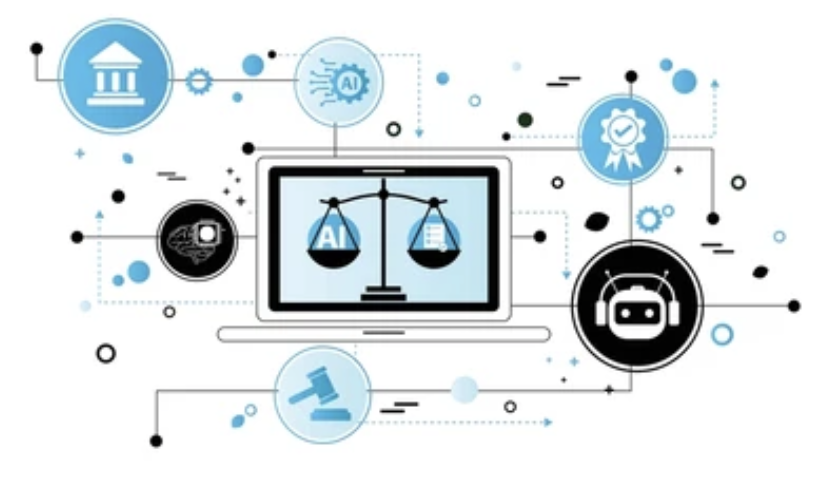


SOMEWHERE ON THE INTERNET -
A: It’s like I’m, like, likin’ it back here in our comfy lodge. Let’s start by thinking about clarity in language.
B: Are we speaking about written or spoken language? I think we should stick with one because there are so many differences between the written and the spoken that to talk about both creates unnecessary complexity.
C: Maybe we should look at that first, i.e., how the differences between written and spoken cause that complexity.
D: Yes, because that is central to whether software can be produced to accurately interpret the information that is presented to it.
A: I have a particular fascination with emphasis and intonation. As someone who communicates both on the page and orally, I am always looking for ways to make what appears on the page carry my voice.
Can you hear what I wrote?
B: That’s at odds with legal drafting, or at least legal drafting as it used to be. If you look at English legal documents from before the 1970s, aside from the annoying ‘heretofore’ and other similar expressions, one of the most noticeable factors is the lack of commas, semicolons, colons or anything else that might be used to guide how the reader ‘hears’ a document.
A: Yes, I think that’s where I first became fascinated with trying
The content herein is subject to copyright by The Yuan. All rights reserved. The content of the services is owned or licensed to The Yuan. Such content from The Yuan may be shared and reprinted but must clearly identify The Yuan as its original source. Content from a third-party copyright holder identified in the copyright notice contained in such third party’s content appearing in The Yuan must likewise be clearly labeled as such. Continue with Linkedin
Continue with Linkedin
 Continue with Google
Continue with Google










 1064 views
1064 views







